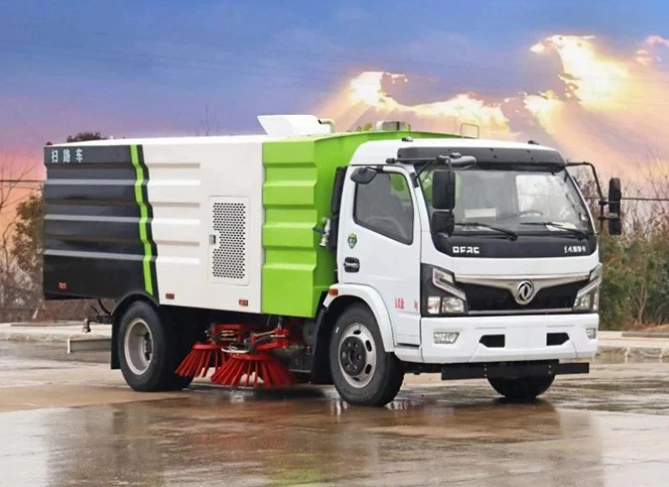
Sanitation trucks follow a set schedule to visit residential neighborhoods. They collect waste from individual households, typically in the form of garbage bins or bags placed at the curb. The trucks are equipped with mechanisms to lift and empty the waste containers into their storage compartments.
Sanitation trucks are designed to carry large volumes of waste. The size and shape of the truck bodies are optimized to maximize the amount of waste that can be transported in a single trip.
Most of the waste collected by sanitation trucks is taken to landfills or transfer stations. Landfills are designed to safely contain and manage waste over a long period.
When it comes to maintaining urban and industrial cleanliness, high-performance sanitation trucks are essential. These vehicles need to handle a wide variety of waste materials efficiently, operate reliably in different conditions, and adhere to strict environmental and safety standards.
A high-performance sanitation truck should have a large loading capacity to handle the significant volumes of waste generated in urban and industrial settings.
High-performance sanitation trucks should offer versatility in loading methods.
The truck's loading mechanisms should be able to handle a wide range of container sizes and types.
A good suspension system is essential to provide a smooth ride and protect the truck's components and the waste load.

